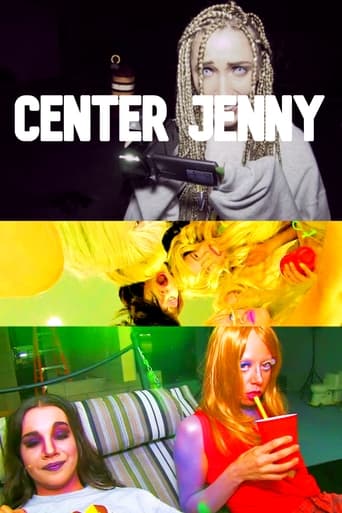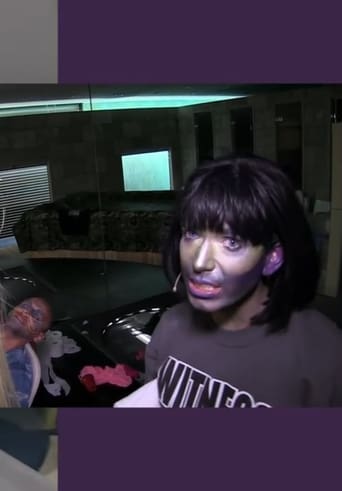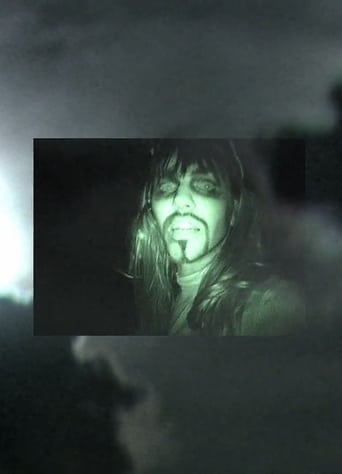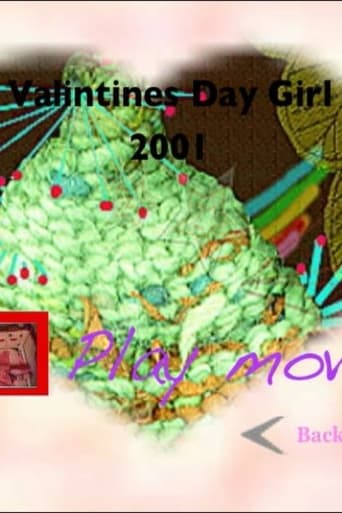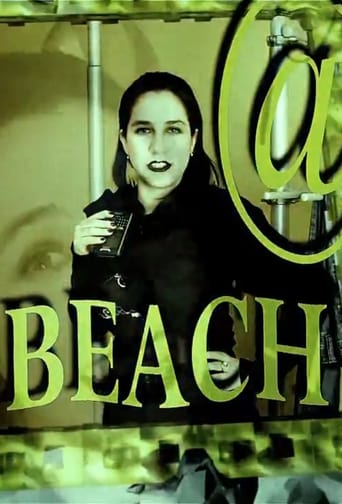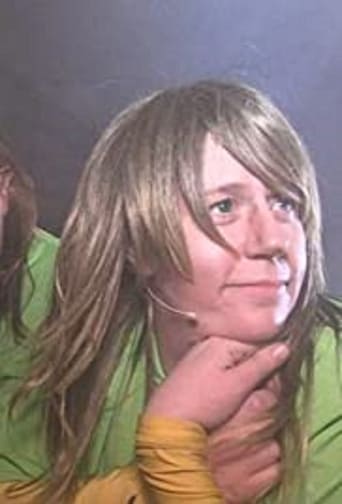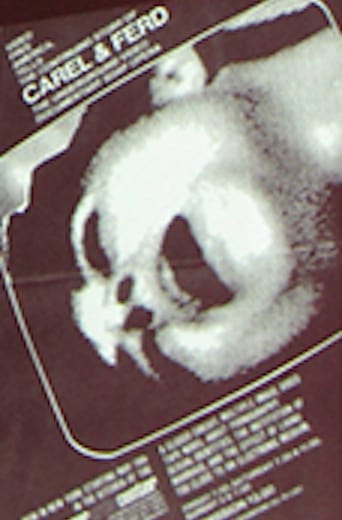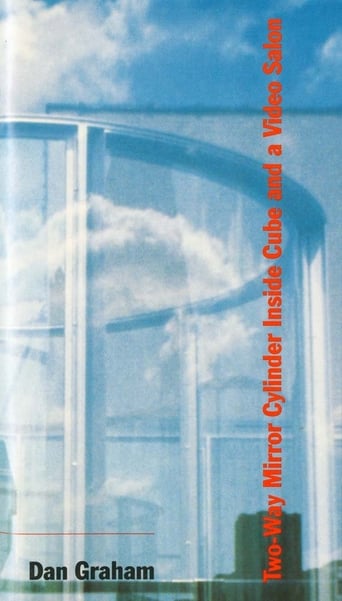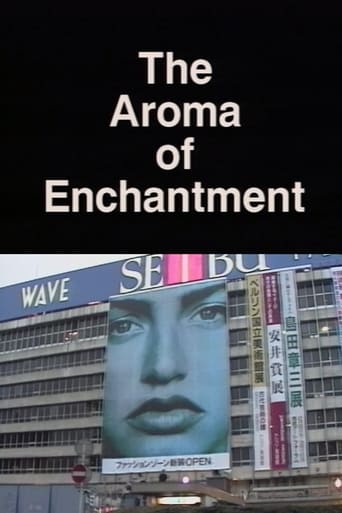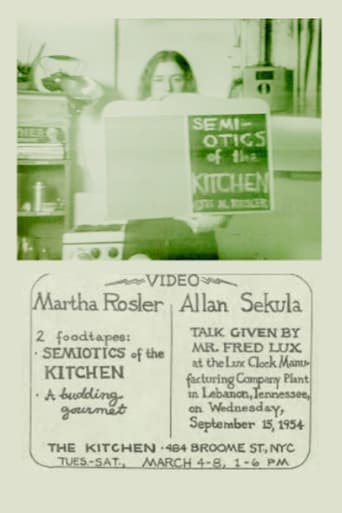Most Viewed From Electronic Arts Intermix
Recommendation to Watch From Electronic Arts Intermix - Watch amazing movies and TV shows for free. No subscription fees, and no credit cards. Just thousands of hours of streaming video content from studios like Paramount, Lionsgate, MGM and more.
-
2013
 Movies
MoviesItem Falls
Item Falls1 2013 HD
In Item Falls, we are peaking. We start out at a casting call, but before long we're firmly in the grip of hallucination, shedding our anxieties and evidently regressing to the animation era, a time when stunt chickens were mere chicklets. Friendly archetypes float in and out of what seems like our bedroom. The red-headed Jenny has returned, but this time she's squeaky and trusting. Unlike in Center Jenny, here our perspective is literally centered. The camera seems to be the in middle of the room, which is good, because we're too blissed out to move. Luckily, our hallucinations look directly at us.
![img]()
-
2013
 Movies
MoviesCenter Jenny
Center Jenny6.10 2013 HD
The film focuses on the life of Jenny who has, according to many of the other characters, become too “left-of-center” while pursuing her interests.
![img]()
-
2013
 Movies
MoviesComma Boat
Comma Boat1 2013 HD
In Comma Boat, we're stuck in a mock-authoritarian fantasy--a power trip. The film centers around a director-character played by Trecartin who oscillates between feelings of omnipotence and self-doubt. As if a post-human, post-gendered reincarnation of the Fellini character in 8 ½, the director gloats and frets about professional and ethical transgressions. "I know I lied to get ahead," he admits at one point. "I've made up so many different alphabets just to get ahead in my field." The director is fancier now, but the fear nags that he might be "repeating" himself "like a dumb soldier ova and ova and ova and ova." The meta-connection to the artist's own career, while obvious, is also a decoy. All art, at some level, is about the artist. Here, reflexivity is the surface level, providing a decodable veneer that encases something more unsettling and complex. Single-channel and 3-channel versions.
![img]()
-
2003
 Movies
MoviesWhat's The Love Making Babies For
What's The Love Making Babies For1 2003 HD
Trecartin's extraordinary digital manipulations reach a new level as he speculates in vivid animation about reproduction, sexuality, and contemporary moralities. Collapsing footage appropriated from television, the Internet, and pop culture, Trecartin and his elaborately costumed collaborators manufacture an alien yet familiar reality. Inside this startling new video world, technophile gods wearing acid-washed denim argue about the future of gender and produce cryptic TV commercials. In a surreal backyard town meeting, characters deliver disjointed polemics assembled from clashing phrases that could have originated in ad campaigns, instant messaging conversations, or twisted episodes of syndicated science fiction. Constructed from the raw material of disposable media clichés and fads, Trecartin's narrative leaves us to answer the riddles he poses.
![img]()
-
1974
 Movies
MoviesUnder a Bridge
Under a Bridge1 1974 HD
In this tape, Ko Nakajima and Video Earth Tokyo interview a homeless man. The subject is initially angry and frustrated, but gradually opens up and shares stories about his life. Under A Bridge was later broadcast on cable television.
![img]()
-
1979
 Movies
MoviesSunstone
Sunstone6.78 1979 HD
Experimental computer animation from pioneering artist Ed Emshwiller.
![img]()
-
1971
 Movies
MoviesMetastasis
Metastasis5.57 1971 HD
Writes Matsumoto, "I used the Erekutoro Karapurosesu (Electro Color Processor), which is mainly used in the field of medicine and engineering, to create moving image textures Metastasis, I was interested in layering images of a simple object and its electronically processed abstraction. The electronic abstract image is manipulated in a certain rhythm, depicting an organic process."
![img]()
-
2016
 Movies
MoviesMark Trade
Mark Trade1 2016 HD
Shot in 2013 - In 'honor, of cause fake news - less gravity here - don't bird watch with a gun - remember your dreams before they remember you : the sloppy mix, bullshit version coming near soon USA.
![img]()
-
1969
 Movies
MoviesOh! My Mother
Oh! My Mother1 1969 HD
Writes Ando, "Oh! My Mother was the first work I made using a newly bought 16mm camera I had purchased with the writer Shuji Terayama in Paris. This piece was selected for the Oberhausen International Film Festival. In 1969, there were, of course, no video cameras like ones we see now, and color TVs were only found at broadcast television studios. I had just been employed at the TBS (Tokyo Broadcasting System), and I often snuck into the studios after hours to experiment with the equipment. Oh! My Mother was made using the feedback effect, which is produced by infinitely expanding the image by looping the video."
![img]()
-
1973
 Movies
MoviesWhat a Woman Made
What a Woman Made1 1973 HD
In Idemitsu's seminal women's liberationist video, the image of a tampon swirling in a toilet bowl slowly appears, as the artist speaks about the troubling roles, responsibilities and expectations of women in a clinical tone. Minimal in composition, What a Woman Made is a candid critique of the treatment of women in Japanese society.
![img]()
-
2005
 Movies
MoviesA Family Finds Entertainment
A Family Finds Entertainment6.20 2005 HD
A Family Finds Entertainment chronicles the story of mixed up teenager Skippy and his adventures in ‘coming out’. In this over the top celebration of queerness, Trecartin’s film mines the bizarre and endearing in an unabashed pastiche of ‘bad tv’ tropes. Cheesy video special effects, dress-up chess costumes, desperate scripts, and ‘after school special’ melodrama combine in the fluency of youth-culture lingo, reflecting a generation both damaged and affirmed by media consumption.
![img]()
-
2001
 Movies
MoviesValentine's Day Girl
Valentine's Day Girl1 2001 HD
Trecartin crafts a fantastical narrative about a girl whose obsessive personal utopia is disrupted. Trecartin's collaborator, Lizzie Fitch, plays a girl obsessed with Valentine's Day. Everything in her hyperactive, sped-up world revolves around Valentine's Day: red, white, and pink love-themed decorations cover every surface; heart shapes abound; Valentine's Day treats are everywhere. Her private festivities suddenly go awry as a hoard of Christmas-themed intruders appear and take her hostage in her own apartment. Gagged and bound, she is forced to watch while her ecstatic but sinister captors stage a frenzied Christmas intervention.
![img]()
-
2010
 Movies
MoviesReady
Ready1 2010 HD
In Ready, Wait, played by Trecartin, is introduced as the eponymous figure of the series. Wait waits. He forsakes a "career" in favor of a "job," the execution of which Trecartin calls a "work performance." A careerist like Y-Ready (Veronica Gelbaum) may call the shots, but she is locked in her own endless narcissistic ascent, whereas Wait can retire from his job at anytime, and does, only to come back from vacation marked for containment. A third type of worker, Able (Lizzie Fitch), more fluidly adopts and discards the gestures of job and career, positing herself as a hobbyist who contrives the situations and outcomes she needs to keep her wave going.
![img]()
-
2016
 Movies
MoviesTemple Time
Temple Time1 2016 HD
Shot in a former Masonic temple in Los Angeles – a five-story warren of large, cavernous rooms akin to a windowless convention center – Temple Time unfolds like a horror-movie group expedition in a campsite wasteland.
![img]()
-
1975
 Movies
MoviesThe Continuing Story of Carel and Ferd
The Continuing Story of Carel and Ferd4.00 1975 HD
A fascinating hybrid of performance and video verité, The Continuing Story of Carel and Ferd introduces Carel and Ferd, a couple who allowed Ginsberg to produce an ongoing documentary record of the intimate moments of their relationship. Carel, a porn actress, and Ferd, a drug addict, invite the camera to participate in their wedding, their sex life, and their break-up. Produced before the landmark PBS documentary An American Family introduced television audiences to the live-in camera — and many decades before the ubiquity of reality television — this document raises questions about the relationship between subject and camera, privacy and manipulation. Originally presented as an installation, this one-hour version, which includes interviews with Carel, Ferd and Ginsberg, was distilled from thirty hours of footage recorded from 1970 to 1975. - Electronic Arts Intermix
![img]()
-
1992
 Movies
MoviesTwo-Way Mirror Cylinder Inside Cube and a Video Salon
Two-Way Mirror Cylinder Inside Cube and a Video Salon1 1992 HD
This 1992 video highlights Dan Graham's installation Two-Way Mirror Cylinder Inside Cube and a Video Salon, originally created as part of the Rooftop Urban Park Project at the Dia Center for the Arts in 1991. The video documents and further explores Graham's investigations of the urban environment, from Abbe Laugier's theory of the Rustic Hut to Parisian shopping arcades, wintergardens, museums, Disneyland and corporate office buildings. For the Dia Center in New York City, Graham developed an environment, analogous to a small-scale urban park, which integrates aesthetic and utilitarian functions, and spatial and visual experiences, bringing the landscape into the roof and extending the roof into the landscape. Graham writes: "The pavilion structures are psychologically and socially self-reflective. There is a dialectic between the perception of oneself and other bodies perceiving themselves, making the spectator conscious of him or herself as a body.
![img]()
-
1992
 Movies
MoviesThe Aroma of Enchantment
The Aroma of Enchantment1 1992 HD
In this engaging video essay, Lord explores the Japanese fascination with 1950's American pop culture. The Aroma of Enchantment pointedly notes how America represented the 'abundance of democracy' for a country decimated by war. Unable to revise or reject these anachronistic images, Japan is ironically stuck with empty Elvis in a time of plenty.
![img]()
-
1968
 Movies
MoviesThe Medium Is the Medium
The Medium Is the Medium1 1968 HD
Produced by WGBH-TV in Boston, the Medium Is the Medium is one of the earliest and most prescient examples of the collaboration between public television and the emerging field of video art in the U.S. WGBH commissioned artists — Allan Kaprow, Nam June Paik, Otto Piene, James Seawright, Thomas Tadlock and Aldo Tambellini — to create original works for broadcast television. Their works explored the parameters of the new medium, from image processing and interactivity to video dance and sculpture.
![img]()
-
1975
 Movies
MoviesSemiotics of the Kitchen
Semiotics of the Kitchen5.90 1975 HD
Martha Rosler explores kitchen utensils by alphabet.
![img]()
-
2006
 Movies
Movies(Tommy-Chat Just E-mailed Me.)
(Tommy-Chat Just E-mailed Me.)4.30 2006 HD
Trecartin describes (Tommy-Chat Just E-mailed Me.) as a "narrative video short that takes place inside and outside of an e-mail." Trecartin's intense visualization of electronic communication is inhabited by a cast of stylized characters: Pam, a lesbian librarian with a screaming baby in an ultra-modern hotel room; Tammy and Beth, who live in an apartment filled with installation art; and Tommy, who is seen in a secluded lake house in the woods. Pam, Tommy and Tammy are all played by Trecartin, who, wearing his signature make-up, jumps back and forth between male and female roles. Totally self-absorbed and equipped with vestigial attention spans, the characters are constantly communicating with one another on the phone or online.
![img]()


